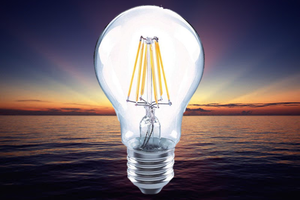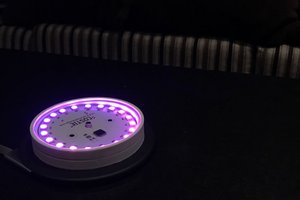Introduction
The Problem:
Many people die from diseases, many of them that lurk in the body and patients only show signs of the disease when it is harder to treat the disease. Regular examinations and testing may also be impractical due to problems such as expenses. Yet it is important diagnose a disease in its early stages to make treatment easier. This may be a problem in the developed countries but developing countries have a worse problem.
In developing countries, there are very little doctors and the doctors that are available have limited supply of resources for diagnosing diseases and help save lives. The shortage of not only doctors, but also supplies, contribute to the deaths from diseases that may be easily treated in developed countries.
The Solution:
I plan to make a simple an cheap device meant to measure important vital signs like pulse, temperature, respiration rate, etc. as well as biomarkers like glucose and cholestrol.
Such a device would be very helpful to put in as many clinics as possible and it should be able to do quick analyses only taking up to a minute. The budget should be $100-200 dollars. It could even be very useful as a consumer product too.
Features:
I plan to have two prototypes, with the second one having more features than the first one.
Rev 1:
- Pulse (maybe SpO2)
- Respiration rate
- Body temperature
- Maybe a breathalyzer for various VOCs?
Rev 2:
- Glucose
- Blood pressure
- ECG
- Maybe a spectrophotometer for analyzing blood and urine samples?
Theory
Pulse - In the middle of implementation
To measure the pulse, I will use a common technique known as pulse oximetry. Pulse oximetry is based on the principle that if we pass light through the blood vessel, as the blood is being pumped, the amount of light that fully passes through changes due to the fact that there will be more or less blood for the light to pass through. It is very simple. There will be a red LED, a small gap to put your finger, and a light sensor right below (currently, a photoresistor). So you put your finger in, then the Red LED lights up, and the photoresistor output can be plotted, and the pulse is equal to:
I might put some amplifying stages in the circuit, but I might not need them.

SpO2 - To be implemented
It is called pulse oximetry for a reason! It is named like that because it also measures the percentage of oxygen present in your blood. Typically a pulse oximeter comes with both a Red LED and an IR LED. The IR LED passes through the finger as well, and the oxygenated hemoglobin in the blood will absorb the light. Oxygenated hemoglobin absorbs more infrared light and allows more red light to pass through. Deoxygenated hemoglobin allows more infrared light to pass through and absorbs more red light. So the red light passes through, then the infrared light, and ratio of the red light (R) measurement to the infrared light (IR) measurement is calculated. What is true is:
where O2 is the amount of oxygenated blood, and DeO2 is the amount of deoxygenated blood.
(Note that the output of the light sensor will be of a form of a pulsating waveform shifted by a constant. Typically, this constant is subtracted out and I will take the average value of the pulsating waveform) [1] Then, there is an equation to get the final percentage of SpO2 [2]:
This is an approximation used derived from the Beer-Lambert Law.
Body Core Temperature - In the middle of implementation
I plan to measure the body core temperature using a temperature sensor (TMP36) to measure the temperature on the forehead. Thanks to @M. Bindhammer's calculations, we get this equation for the body core temperature [3]:
Respiration Rate - In the middle of implementation
When you exhale, the breath typically has a higher temperature than the air. Therefore, this change in temperature can be measured. The respiration rate would be the number of times the temperature goes up divided by the amount of time for the measurement. It would be very simple. I would measure the temperature with a temperature sensor (TMP36)...
Read more »
 Jon
Jon
 Akshay Baweja
Akshay Baweja
 Ana
Ana
 richardginus
richardginus